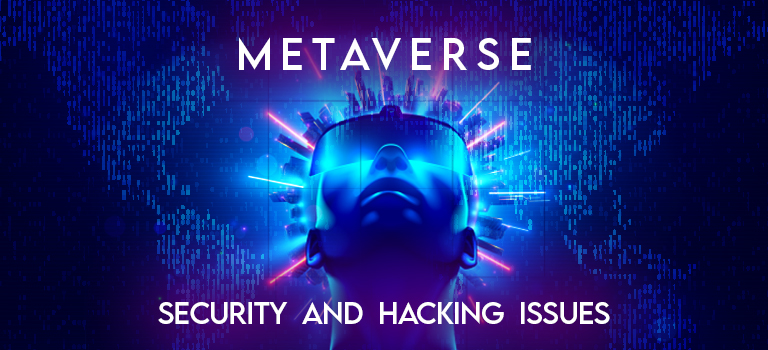All technology has its own advantages and disadvantages, and virtual reality technologies are no different. Metaverse, the latest in virtual reality, may seem like it’s only good, but there are several security concerns that should be addressed before it is released to the public. With the help of all types of hackers from around the world, you can avoid these cybersecurity issues by making sure your Metaverse cameras are safe from attack by cybercriminals.
What is metaverse?
Today, Wikipedia defines Metaverse as “a collective virtual shared space, created by the convergence of virtually enhanced physical reality and physically persistent virtual space, including the sum of all virtual worlds, augmented reality, and the Internet.” A virtual world is an online community where users can interact with each other in real-time. They are often used for communication, entertainment, and gaming purposes. Virtual worlds are sometimes called Massively Multiplayer Online Games or MMOGs, but that term has become outdated as technology has advanced beyond graphics-based gameplay.
What are the dangers of metaverse?
In a metaverse, security and privacy are controlled by one entity. In OASIS, it was IOI (Innovative Online Industries), in Second Life it is Linden Labs, in Digital World it is Akihabara (The Yukijiri Group), and so forth. A bad actor can hack into an unsecure network, in turn gaining access to millions of pieces information that users have inputted over time. With just a little more effort, they can get all sorts of confidential information such as credit card numbers or bank account information. Users are usually unaware of these dangers until they notice fraudulent activity on their accounts or until they wake up one day being hunted down by cybercriminals who used their credit card to make illegal purchases or sell personal information for identity theft purposes.
If a child uses metaverse to make friends or to play games, they could also be subject to a bad actor tracking their information. A hacker can also steal their virtual assets by posing as someone that a child would trust.
Metaverse security issues
Once virtual reality became more common, hackers were quick to latch onto it as a new outlet for their crimes. Many of today’s most commonly used sites—from financial institutions to entertainment hubs—are increasingly protected by stronger security systems. Cybersecurity hacking remains a major concern for virtual reality users because of its incompatibility with traditional internet security protocols. The Metaverse is so different from our regular online world that it requires an entirely new way of thinking about data storage and safety measures. While there is still room for improvement in these areas, efforts are underway to combat cybercrime in VR. As such, companies are taking steps to ensure that user data is safe at all times while traveling through encrypted networks.
What happens when someone hacks your cyberspace avatar?
The first thing that happens is that your avatar will move when you don’t want it to. That’s because the hacker has control of your avatar and can move it however they please. This means someone could essentially jump scare you – and unfortunately, cyber-scare pranks are a growing concern in the gaming community. This poses a fundamental problem for VR and 3D camera users; when using these cameras, cyberspace avatars control the position of virtual cameras by gesturing, so hackers have access to all recorded footage and images taken by people around the world. To avoid these issues, always use secure settings on your camera – read your manual for instructions on how to do so.
What should you do?
The first thing that you need to do is install a security patch on the camera which will help the camera protect itself against cybersecurity hacking. You will also want to purchase a password-protected network for the camera and don’t forget about the software that can track usage and suspicious activity, such as motion detection. The important thing is to protect your children from being involved in risky situations. Don’t let anyone lure them into joining an extremist group or changing their behavior due to violent virtual reality experiences. If you have children under thirteen, then it’s best if they avoid metaverse altogether until further testing is done on safety issues related to virtual reality cameras.
Karen Austin
Tags: Cybersecurity Practices, Hacking, kids cybersecurity, Metaverse, Online Gaming, Virtual Reality


